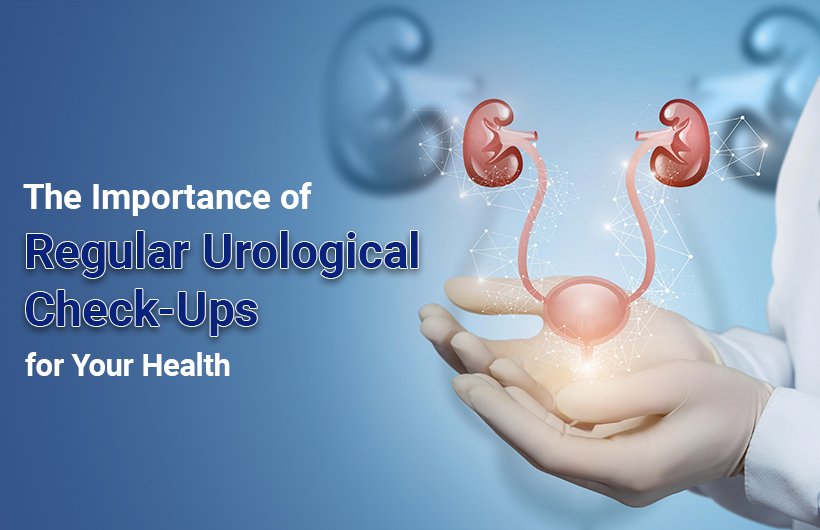India boasts one of the world’s largest and fastest-growing populations of aging men. As these men grow older, they face a range of health challenges. Common ailments include type 2 diabetes, high blood pressure, cholesterol issues, and cataracts. However, one significant condition remains largely unheard of by the public: benign prostatic hyperplasia (BPH). BPH is an age-related enlargement of the prostate gland, causing troublesome symptoms that impact the quality of life for many men. Despite its prevalence, BPH remains a silent burden for many.
Table of Contents
Understanding BPH and Its Impact
BPH, or benign prostatic hyperplasia, is the enlargement of the prostate gland. This enlargement creates an obstruction in the urinary tract, leading to a variety of symptoms. Men with BPH often experience an increased frequency of urination during the day, frequent nighttime awakenings to urinate, a weak urinary stream, and a feeling of incomplete bladder emptying. These symptoms can significantly affect daily life, yet many men normalize them as an inevitable part of aging.
Research in India shows that almost 65% of men aged 40 and above suffer from these annoying symptoms. Despite the high prevalence, these patients often remain unseen. Many patients attribute these symptoms to aging or external factors like cold weather or excessive water intake. As a result, they suffer in silence, developing coping strategies until symptoms worsen and complications arise. Only then do they seek medical help.
Ignoring BPH: The Path to Complications
Ignoring benign prostatic hyperplasia (BPH) can lead to a variety of complications that significantly impact a man’s quality of life. Understanding these complications and their consequences is crucial for encouraging early detection and treatment. Let’s explore these complications in detail.
-
Behavioral Changes and Coping Mechanisms
Men with BPH often develop specific behaviors to cope with their symptoms. These behaviors, while initially helpful, can become restrictive and impact daily life.
-
Toilet Mapping
One common behavior is “toilet mapping,” where men constantly look for washrooms wherever they go. This behavior stems from the fear of not being able to find a bathroom when the need arises, leading to anxiety and preoccupation with the location of restrooms.
-
Fluid Intake Reduction
To manage frequent urination, men may cut down on fluid intake. While this might reduce the number of trips to the bathroom, it can lead to dehydration and other health issues. It’s a temporary solution that doesn’t address the underlying problem.
-
Restriction of Activities
To avoid the embarrassment and inconvenience of incontinence, men might avoid long trips, social gatherings, and outdoor activities. This restriction can lead to social isolation, decreased physical activity, and a reduced quality of life.
The Burden of Incontinence
Incontinence, or the involuntary leakage of urine, is a significant and distressing symptom of BPH. It can affect a man’s social and professional life, leading to embarrassment and anxiety.
-
Social Impact
The fear of incontinence can cause men to withdraw from social activities, affecting relationships with family and friends. The embarrassment associated with incontinence can also lead to decreased self-esteem and mental health issues like depression and anxiety.
-
Professional Impact
Incontinence can impact a man’s professional life, causing interruptions at work and decreasing productivity. The constant need to use the restroom can interfere with meetings, presentations, and other work-related activities, potentially affecting career progression.
Medical Complications
Ignoring BPH can lead to several serious medical complications. These complications not only worsen the patient’s quality of life but also impose a significant financial burden due to the cost of treatments.
-
Acute Urinary Retention
Acute urinary retention is a sudden and painful inability to pass urine. This condition requires immediate medical attention and can lead to severe pain and discomfort. In some cases, it may require emergency catheterization to relieve the bladder.
-
Recurrent Urinary Infections
The obstruction caused by an enlarged prostate can lead to recurrent urinary infections. These infections can cause symptoms like burning during urination, fever, and pain. If left untreated, urinary infections can spread to the kidneys, leading to more serious health issues.
- Formation of Bladder Stones
BPH can lead to the formation of bladder stones due to incomplete bladder emptying. These stones can cause severe pain, urinary tract infections, and blood in the urine. Removing bladder stones often requires surgical intervention, adding to the patient’s medical burden.
- Kidney Damage and Failure
The most severe complication of untreated BPH is kidney damage or failure. Chronic urinary retention and repeated infections can cause damage to the kidneys, leading to renal insufficiency or failure. Kidney failure requires extensive and ongoing treatment, such as dialysis or a kidney transplant, significantly impacting the patient’s quality of life and financial situation.
Financial Burden
The complications of untreated BPH not only affect health but also impose a significant financial burden on the patient and their family. The costs associated with surgeries, long-term treatments like catheterization or dialysis, and managing recurrent infections can be substantial.
-
Cost of Surgeries
Surgical interventions to remove bladder stones, relieve urinary retention, or address kidney damage can be expensive. These surgeries often require hospitalization and follow-up care, adding to the financial burden.
-
Long-Term Treatments
Long-term treatments like catheterization or dialysis can be costly and require ongoing medical care. These treatments can also impact the patient’s ability to work, leading to lost income and further financial strain.
-
Recurrent Medical Expenses
Managing recurrent urinary infections and other complications involves frequent doctor visits, medications, and diagnostic tests. These recurring expenses can add up over time, creating a continuous financial burden.
Diagnosis and Treatment of BPH
Diagnosing BPH involves a combination of physical examinations, radiographic tests, and lab tests. A digital rectal examination (DRE) is essential to check for prostate cancer. Abdominal and pelvic ultrasounds can help determine the size of the prostate gland. Lab tests like the Prostate-Specific Antigen (PSA) test are also crucial. PSA is a protein produced by the prostate, and high levels in the blood can indicate prostate issues.
Fortunately, BPH can be managed with a healthy lifestyle, cost-effective medications, and, if necessary, surgical interventions. Surgical removal of prostatic tissue is often the last resort if symptoms are uncontrolled or if complications arise.
Prostate Cancer: Another Major Concern
Prostate cancer is another significant health issue among aging men. Recognizing prostate cancer symptoms early can make a big difference in treatment outcomes. Common symptoms include difficulty urinating, blood in urine or semen, and pelvic discomfort. Early detection through regular screening is crucial.
Prostate cancer treatment varies depending on the stage and severity of the disease. Options include surgery, radiation therapy, hormone therapy, and chemotherapy. In some cases, a combination of these treatments is necessary. Advances in medical research have led to more effective and less invasive treatments, offering hope for those diagnosed with prostate cancer.
Raising Awareness and Taking Action
Creating awareness about BPH and prostate cancer is the first step towards better health outcomes for men. It is crucial to educate men about the signs and symptoms of prostate problems, the importance of regular check-ups, and the available treatments. Men should understand that it is not normal to accept and suffer from prostate problems as a part of aging.
This September, during Prostate Health Awareness Month, let’s take the opportunity to spread awareness about men’s health. Men often ignore their health, and this awareness month aims to provide easily accessible prostate health information through various platforms.
Key Takeaways
- Early Detection and Treatment: Regular screenings and early detection of prostate issues can lead to better treatment outcomes. Men should be encouraged to consult a doctor at the first sign of urinary problems.
- Healthy Lifestyle: Adopting a healthy lifestyle can help manage BPH symptoms. This includes maintaining a balanced diet, exercising regularly, and avoiding excessive fluid intake before bedtime.
- Medical Interventions: There are effective medications and surgical options available for treating BPH and prostate cancer. Men should not hesitate to seek medical help and explore these options.
- Awareness and Education: Creating awareness about prostate health is crucial. Educational campaigns and resources can help men understand the importance of prostate health and encourage them to take proactive steps towards managing their health.
Conclusion
Prostate health is a critical aspect of men’s overall well-being. Conditions like BPH and prostate cancer can significantly impact the quality of life if left untreated. By raising awareness, encouraging early detection, and promoting healthy lifestyles, we can help men manage these conditions effectively. This Prostate Health Awareness Month, let’s prioritize awareness and action, ensuring that no man suffers in silence. For expert care and guidance, consider consulting Urologist Dr. Dushyant Pawar in Ahmedabad.





